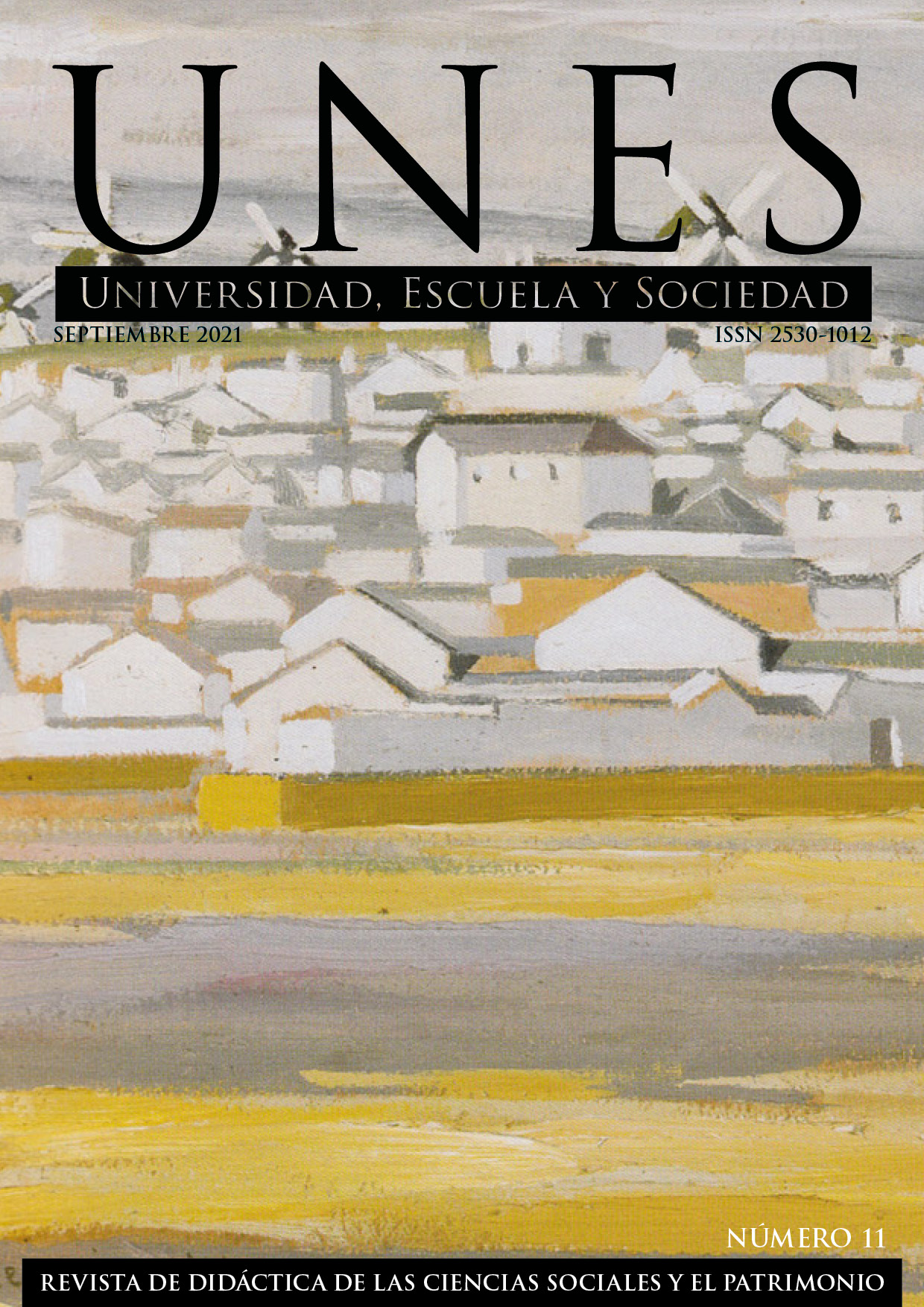José Luis Plaza Chillón (2020). Efebos tristes. La iconografía homosexual masculina en los dibujos de Federico García Lorca
DOI:
https://doi.org/10.30827/unes.i11.22170Abstract
A Review of:
José Luis Plaza Chillón (2020). Efebos tristes. La iconografía homosexual masculina en los dibujos de Federico García Lorca. (prólogo de Emilio Peral Vega). Granada: Comares, XXXIII + 260 pp.
Downloads
References
García Lorca, Federico (1997). Epistolario completo (Andrew A. Anderson y Christopher Maurer, eds.). Madrid: Cátedra.
Gibson, Ian (2010). «Caballo azul de mi locura». Lorca y el mundo gay. Barcelona: Planeta.
Hernández Sánchez, Mario. Libro de los dibujos de Federico García Lorca. Granada: Comares.
Martín, Eutimio (2013). El 5º evangelio. La proyección de Cristo en Federico García Lorca. Madrid: Aguilar.
Plaza Chillón, José Luis (2008). «Arte y autocensura: el dibujo Suplicio del patriarca San José de Federico García Lorca y su contexto estético», en AA. VV. Modelos, intercambios y recepción artística (de las rutas marítimas a la navegación en red), actas del XV Congreso Nacional de Historial del Arte (Palma de Mallorca, 20-23 de octubre de 2004) (2 vols.). Palma: Universitat de les Illes Baleares, pp. 955-966.
Plaza Chillón, José Luis (2017). Arte y sida en Nueva York. La pasión gay de Delmas Howe. Madrid: Biblioteca Nueva.
Santos Torroella, Rafael (ed.) (1998). «Los putrefactos» de Dalí y Lorca. Historia y antología de un libro que no pudo ser. Madrid: Residencia de Estudiantes.
Downloads
Published
How to Cite
Issue
Section
License
Authors being published in this journal agree to the following terms:
The authors retain their copyrights but guarantee the journal's right to be the first publisher of the work, licensed under a Creative Commons Attribution-NonCommercial-ShareAlike 4.0 International license, which allows others to share the work, provided that they acknowledge its authorship and initial publication in this journal.
Authors may separately subscribe additional agreements for the non-exclusive distribution of the work published in the journal (for example, including it in an institutional repository or publishing it in a book), with recognition of its initial publication in this journal.
Authors are allowed and encouraged to disseminate their work electronically (for example, in institutional repositories or on their own websites) before and during the submission process, as this may result in productive exchanges, as well as more and earlier citations of the works to be published (See The Effect of Open Access) (in English).






 ISSN-e: 2530-1012
ISSN-e: 2530-1012









